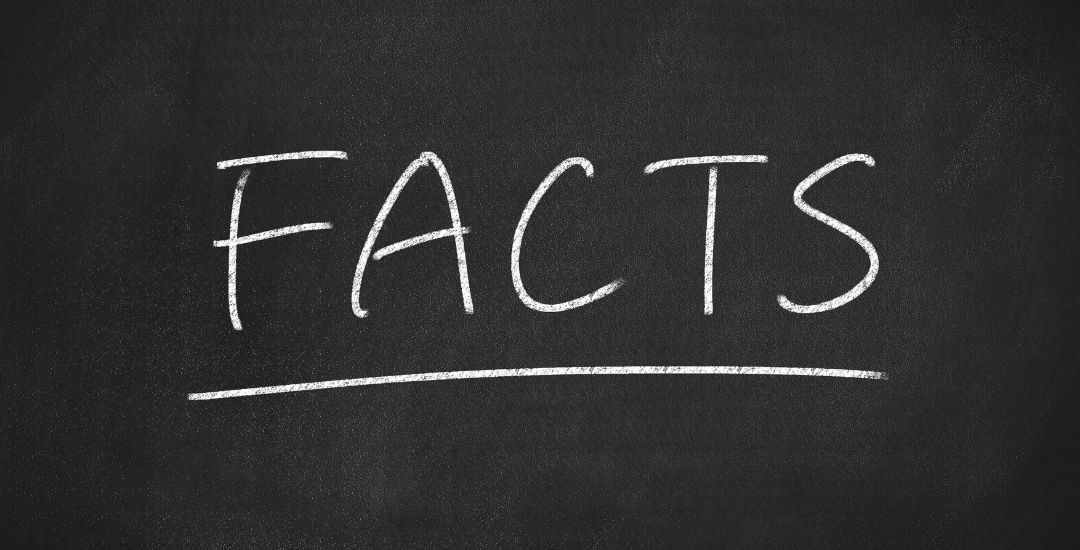How to Spend Down Assets for Medicaid

Disclaimer: Since Medicaid rules and insurance regulations are updated regularly, past blog posts may not present the most accurate or relevant data. Please contact our office for up-to-date information, strategies, and guidance.
The Medicaid program is a joint state and federal program that provides health insurance to those with limited means. In the context of long-term care, Medicaid will cover custodial care in a Medicaid-approved facility (often a nursing home). Those who have not planned ahead for their long-term care can use Medicaid to get much-needed financial relief amidst a long-term care crisis.
What’s the catch? Individuals must meet strict requirements in order to qualify for Medicaid benefits. In most cases, people have too many assets to qualify. After all, individuals can only retain $2,000 of countable assets in most states, while their spouse can usually retain up to $148,620 in 2023. That said, not all assets are included in this restriction. Certain assets are exempt from Medicaid.
The unfortunate reality is many people believe misconceptions surrounding how to qualify for Medicaid. Some think they must first exhaust their assets on the nursing home bill before they can qualify. Others believe if they spend their money on anything besides the nursing home bill, they’ll incur a penalty period of ineligibility. The truth is that your client’s assets can be spent on any exempt assets, which allows them to accelerate their Medicaid eligibility.
Read More: Educating Clients About Long-Term Care Planning Options
What Does It Mean to “Spend Down” Assets?
This is where the spending down assets comes into play. The Medicaid “spend-down” refers to the amount of countable assets an individual or couple owns above their Medicaid asset limitation as well as the specific items they intend to fund in order to eliminate their excess assets and qualify for benefits faster. Here are some of the ways your clients can spend down their assets for Medicaid:
- Purchase or improve exempt assets. Medicaid allows individuals to retain their primary residence, one vehicle, furniture, and personal property. Upgrading or improving these items is a great way to spend down assets for Medicaid and ensure the spouse at home has what they need to continue living comfortably at home and age in place.
- Pay off debts. Paying off any debts and liabilities is another way to eliminate cash assets for Medicaid. It also removes the burden off their loved ones and ensures a smoother process after their passing.
- Set aside funds for a funeral. Everyone needs a funeral at some point. Purchasing a preneed funeral contract or funeral expense trust ensures funds are set aside for the family to use when the time comes. When properly structured, these policies are also exempt from Medicaid. In many states, individuals can fund up to $15,000 in a funeral expense trust for themselves, their spouse, and even their children!
- Purchase a Medicaid Compliant Annuity. A Medicaid Compliant Annuity (MCA) is the ultimate spend-down tool. It is a single premium immediate annuity that converts assets into an income stream, allowing the owner to quickly spend down assets while preserving them in the process. An MCA can be used as the entire spend-down strategy or as a tool to eliminate assets not otherwise spent down on the items listed above.
If you’re ready to learn more about the spend-down process and how a Medicaid Compliant Annuity can help, schedule a Discovery Call with our team.

As Marketing Director, Amy is responsible for all company communications and ensuring our clients have the most accurate and up-to-date information. In addition to her communication expertise, she has prior experience as a paralegal and a Krause Benefits Planner.


